
I’ve been out of the UK for weeks – so I had to get special dispensation from my BTO regional organiser to do my second BBS visits in early July instead of by the end of June.
I visited what I think of as my ‘second’ square first: partly because it is an easier walk, partly because it has more birds and I’ve missed UK birds and wanted to immerse myself in them, and partly because it is somehow more ‘English’. More English? Well, it starts in a small village where as I walked through the rows of stone cottages I glanced through the window of one cottage and saw the Daily Telegraph on the table, and there were a few football-related flags of St George dotted around, and, as you can see it has a church which was started three centuries before we Europeans knew that North America really existed. My BBS square has three Bronze Age round barrows and there are several buildings which were standing before the colonists kicked our butts in the War of Independence (what’s the date today by the way?).
After spending weeks on a foreign continent where I could place hardly any bird calls or songs it was a relief to find that I hadn’t forgotten what Blackcaps, Sedge Warblers, Skylarks and House Sparrows sound like.
I had a very pleasant stroll in the cool part of another hot day and reinstated Grey (not gray) Partridge to the square – it was my first record in 7 years, and the first since the previous observer saw one in 2009. This year I saw my first Grey Partridge on my farmland BBS square too.
It was a lovely English morning – this couldn’t really be the USA could it?
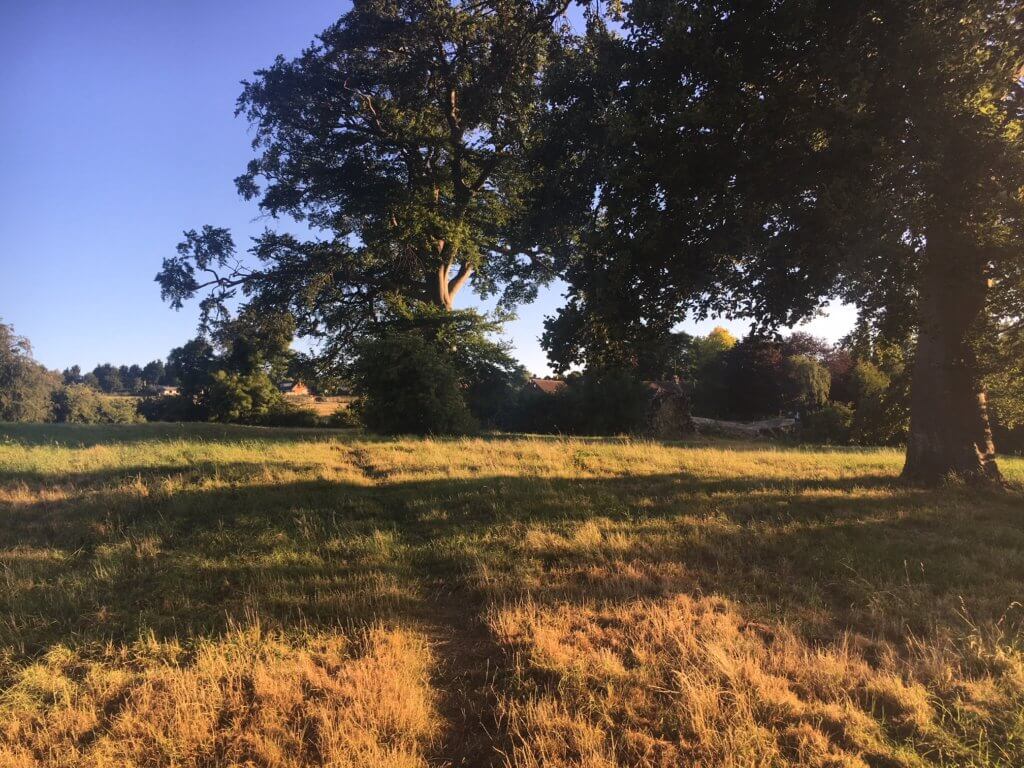
I was chuffed that I could put KT (what’s KT? – click here) with a line underneath it – signifying a bird first located by call – it’s a small thing from which to gain pleasure but a real one.
There were three common species which I also commonly saw in the USA. In fact I saw each of them on almost every day of my trip. What do you think they were? Answer at foot of this post.
It’s slightly difficult to tell, as I usually do my second visit to this site much earlier in June, so it might just be the time of year, but there were fewer birds around than often. Fewer House Martins when I got back to my car, fewer Swallows and no Chiffchaff, Willow Warbler or Lesser Whitethroat on either visit. Still – loads of Wood Pigeons and Jackdaws!
It was a lovely morning and it felt like a homecoming – coming back to Northants’s nature and familiar wildlife.
Mind you, the wildlife in the States was pretty good, and the scenery too.
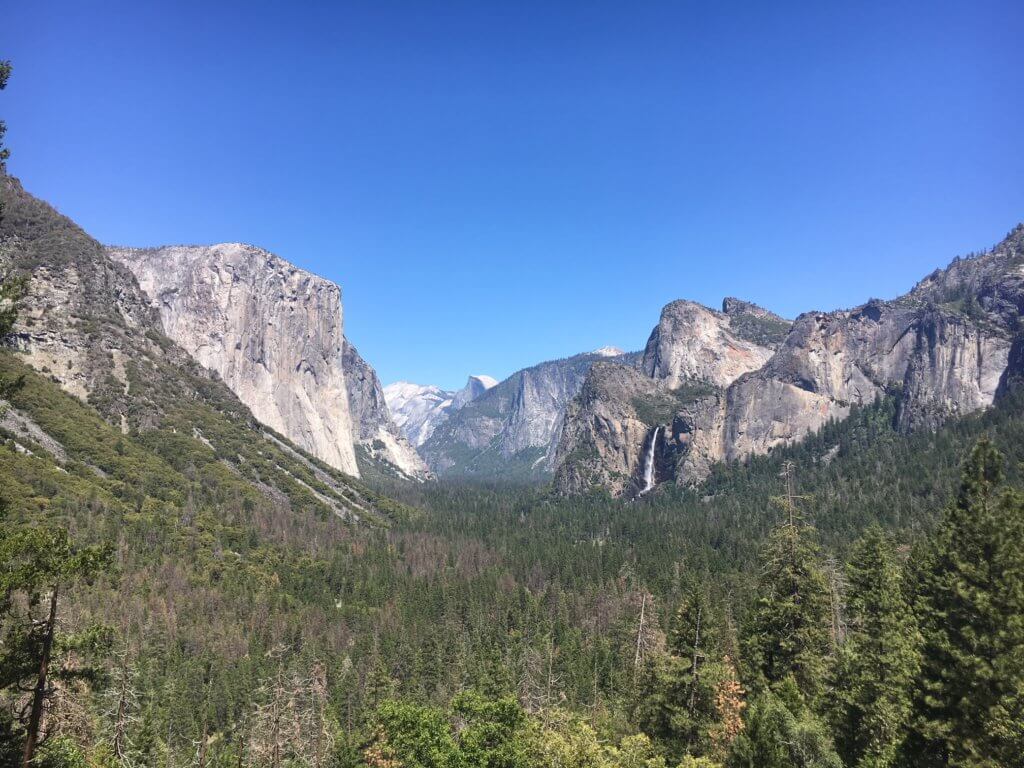
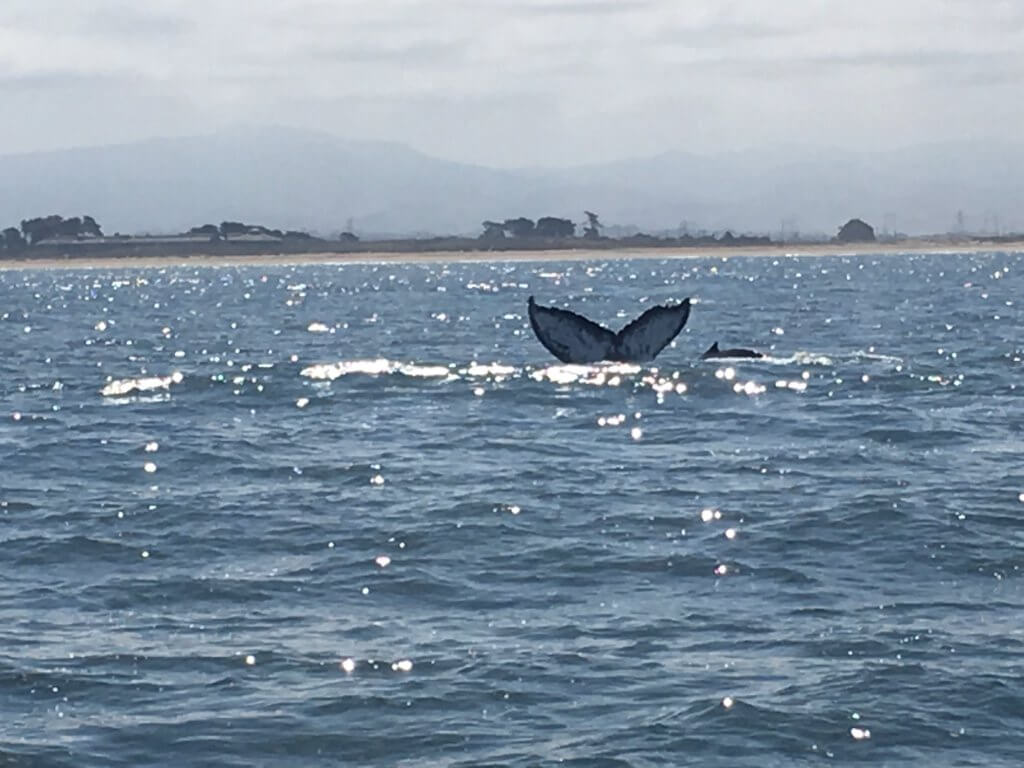
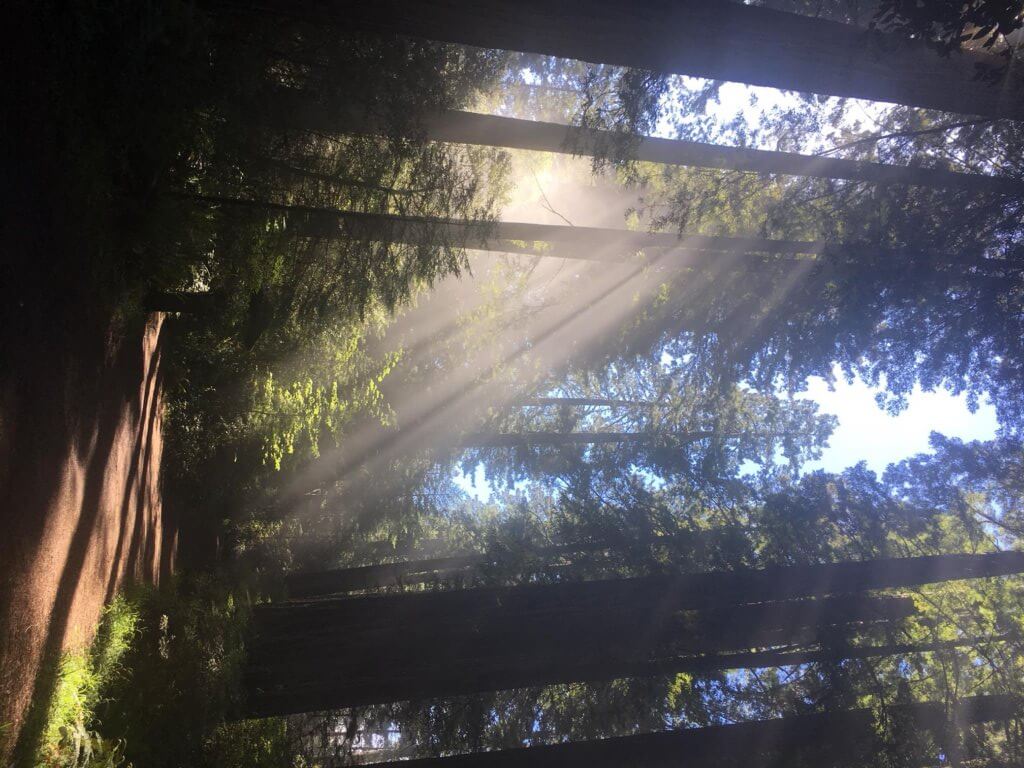
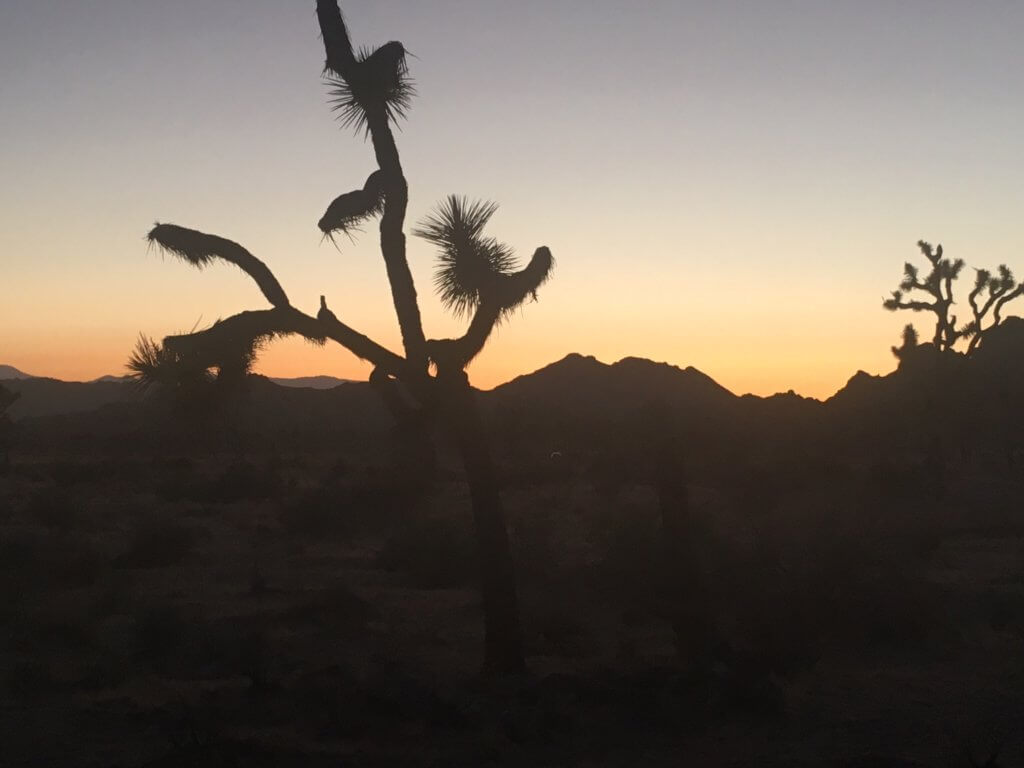
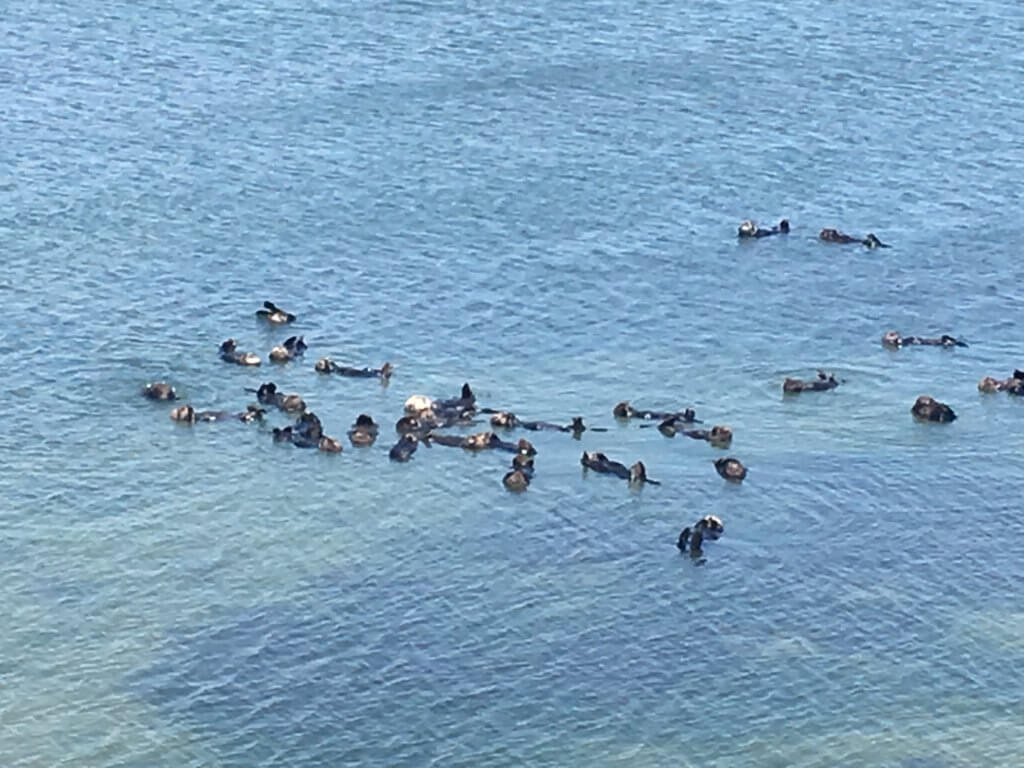
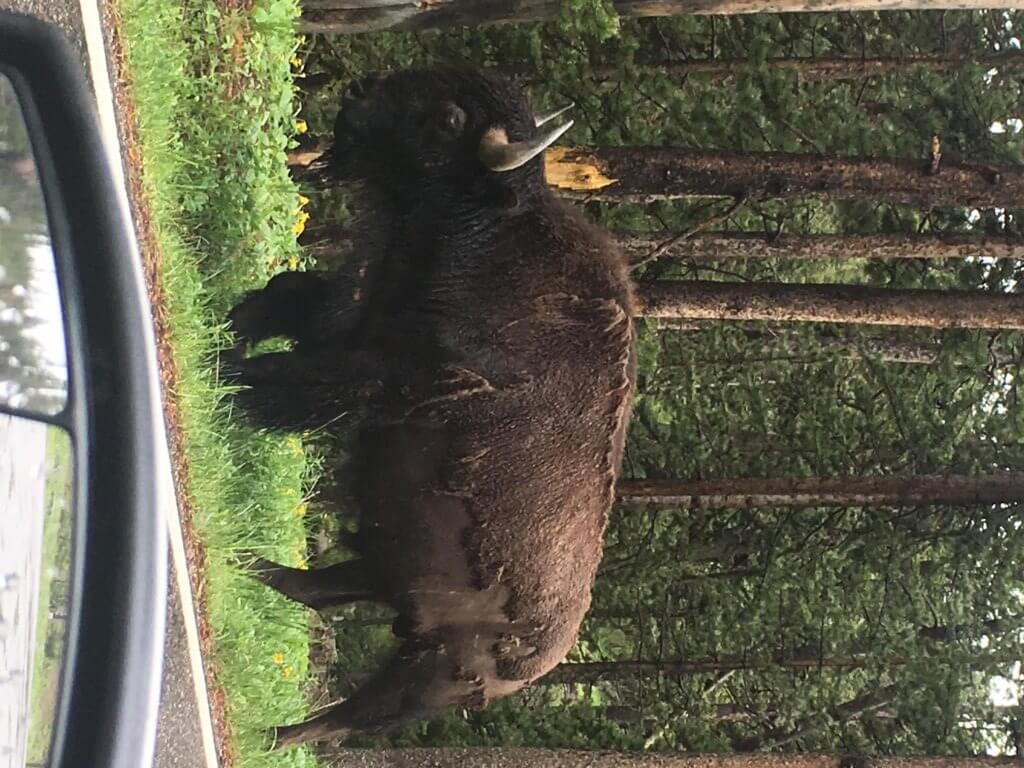
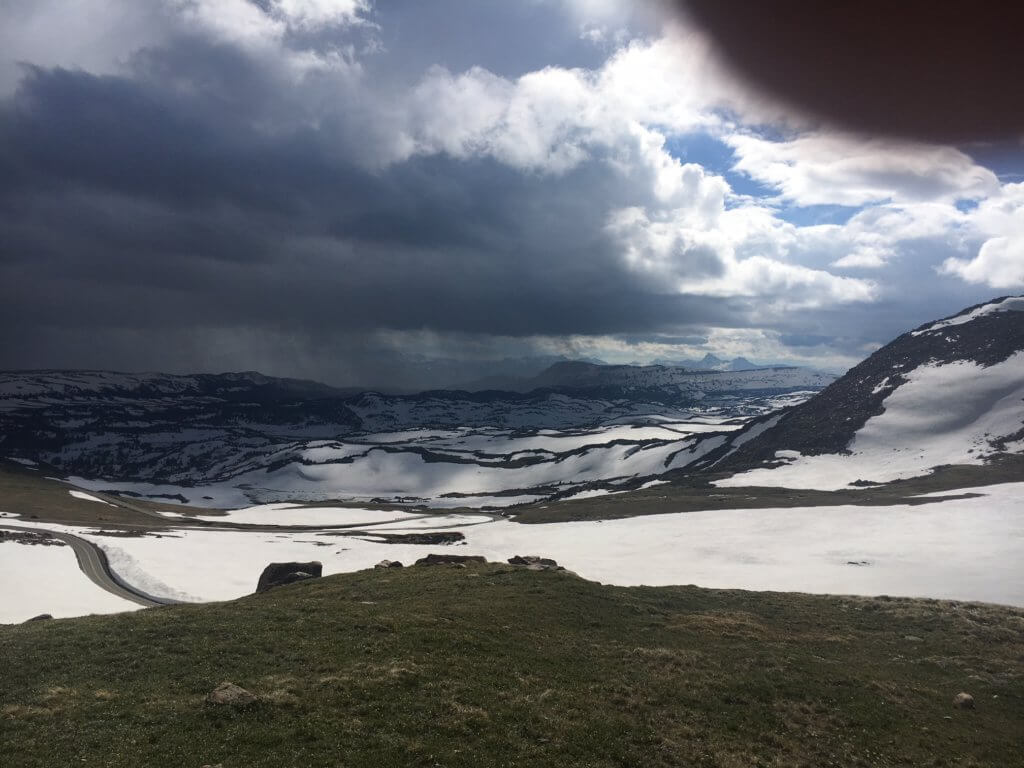
And those three species? They were House Sparrow, Starling and Collared Dove, seen almost everywhere (including on this BBS square).
[registration_form]
Welcome back Mark. Really missed your unique, down-to-earth blog.
Richard – very kind of you.
Welcome back indeed. Hope you had a great break and some good thinking time. Here’s to a resumption of your fantastically inspirational and thought provoking posts.
Nimby – many thanks, that’s quite a description – up to which I shall try to live.
That looks like Woodford church, aka ‘the Cathedral of the Nene’. I recognize the broach tower. The nearby Woodford House was home to Charles Arbuthnot. As well as being Ambassador to the Ottoman Empire and First Commissioner of Woods
and Forests, he was a good friend of the Duke of Wellington. His second wife, Harriet, became a hostess at Wellington’s society dinners and wrote a diary cataloging contemporary political intrigues.
As for the colonists kicking our butts in the American Revolutionary War, the reality is somewhat more nuanced than that:
https://www.historyextra.com/period/georgian/facts-american-war-of-independence-declaration-battle-yorktown-george-iii-colonies/
Good to have you back, Mark.
Ed – you might well be right.
The reality isn’t much more nuanced as we lost and the colonies aren’t colonies any more 😉
My point is not about the final result. We were defeated decisively, but not purely by the colonists. The French assistance and British errors played a large part.
An excellent article by George Monbiot in today’s Guardian with a reference to Mark for his environmental activities:
“Another example of how far Natural England has fallen is the set of deals it has struck with grouse moor owners, allowing them to burn protected habitats, kill protected species and build roads across sites that are supposed to be set aside for wildlife. For several years, the redoubtable conservationist Mark Avery has been fighting these decisions. This May, Natural England conceded, in effect, that he was right. The agency that is meant to protect our wild places appears to have been colluding in their destruction.”
https://www.theguardian.com/commentisfree/2018/jul/04/britain-wildlife-cuts-brexit